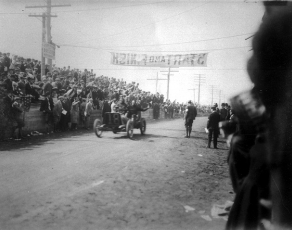
1905 Vanderbilt Cup Race
France capture second consecutive Vanderbilt Cup Race
Location: Long Island, New York
Date: Saturday, October 14, 1905
The First William K. Vanderbilt, Jr., Cup Race held in 1904 was an immediate success among the public and supporters of automobile racing. America had finally created a major road race that attracted great drivers and cars from around the world. Newspapers and automobile trade journals helped to build the interest and excitement that ensured the Second Vanderbilt Cup Race in 1905. American and European automobile manufacturers also realized that exciting road races, like the Vanderbilt Cup Race, attracted more potential customers than the orderly tours of reliability trials.
Responding to criticisms of the 1904 layout, the 1905 course was modified to eliminate controls through large towns and reduce the number of sharp turns. The length of the course was 28.3 miles on Long Island, approximately the same as in 1904. With 10 laps to the race, the total length of the race was 283 miles. The grandstand and press box were moved about five miles west on Jericho Turnpike from Westbury to Mineola. A large, two-sided scoreboard was placed above the press box to help spectators keep track of the action.
According to the Vanderbilt Cup Race rules, America could enter a maximum of five automobiles in the 1905 race. On September 23, 1905, the American Elimination Trial was held to determine the five entries from 12 American candidates. A four-lap race totaling 113.2 miles was to be held over the new course.
A wide variety of American cars were entered, including the 90-hp Locomobile and a 60-hp Pope-Toledo, which had both participated unsuccessfully in the 1905 Gordon Bennett Race held in Europe; a 40-hp White Steamer developed by the White Sewing Machine Company; and a unique front-wheel drive Christie. Two cars eliminated themselves before the start of the race; the Matheson did not start and the Premier was ruled overweight. The Premier was to have been driven by Indiana daredevil Carl Fisher, the future developer of Miami Beach, Montauk, and the Indianapolis Speedway. Of the 10 cars that made it to the starting line, four were not even running in the second lap. Bert Dingley in a Pope-Toledo overtook Joe Tracy in the Locomobile on the last lap, averaging 56.5 mph and winning by 59 seconds. Despite an outcry from newspapers and automobile magazines, the American Vanderbilt Cup Race Commission retained only the top two finishers and selected three also-rans to complete the team: the Christie, the White Steamer, and another Pope-Toledo.
Link to more information on the 1905 American Elimination Trial
Competing against the five American cars, France, Germany, and Italy started 14 of their greatest cars and drivers. For France, George Heath, winner of the 1904 Vanderbilt Cup Race, returned in a larger 120-hp Panhard. Darracq sent two of its 80-hp cars: one driven by Victor Hemery and the other by Louis Wagner. Renault was represented by a 90-hp car driven by Marcel Renault’s former mechanic Ferenc Szisz. The 130-hp De Dietrich, which finished second in the 1905 Florio Cup while averaging 63 mph, would be driven by Arthur Duray.
Country representation in the race was determined by the manufacturer of the car, not the nationality of its driver or owner. Four Mercedes owned by Americans were entered on behalf of Germany. The drivers representing Germany included Camille Jenatzy, the first man to hit 60 mph and the winner of the 1903 Gordon Bennett Race; America’s wealthy career amateur athlete Foxhall Keene; and Al Campbell, who placed a large X on the front of his car instead of the unlucky number 13.
Fiat provided five cars for Italy, with engines ranging from 90 to 120 hp. Four of the Italian drivers were among the best known in the world: Vincenzo Lancia (a crowd favorite and future car designer), Felice Nazarro, Emanuel Cedrino, and Paul Sartori, once again driving Alfred Gwynne Vanderbilt’s car as he did in 1904. The fifth Fiat was driven by a novice Swiss-born driver who would later design cars for a company that proudly bears his name today─Louis Chevrolet.
At the beginning of the race, there were 5,000 people at the Mineola grandstand, including William K. Vanderbilt, Jr.’s, wife, Virginia, and his sister, Consuelo, the Duchess of Marborough. It was estimated that over 100,000 more people viewed the race, one of the largest crowds ever to see a sporting event in this country at the time.
As expected, Lancia took the lead, averaging 72 mph over the first 113 miles. However, still leading on the eighth lap, he was struck in the rear by the Christie car driven by Walter Christie. It took over 40 minutes to Lancia’s two rear wheels repair and so the contest was lost. Two French cars won first and second place for the second consecutive year. Victor Hemery won in the Darracq, averaging 61.5 mph. The 1904 winner, George Heath, finished in second place by only 3 minutes and 42 seconds. The Locomobile driven by Joe Tracy finished third, averaging 56.9 mph─the first time an American car had ever placed in an international competition.
After Lancia finished fourth, the crowds overran the course and headed home. As with the 1904 Vanderbilt Cup Race, referee William K. Vanderbilt, Jr., was forced to stop the race before its conclusion fearing injuries to the crowds and the drivers. However, Vanderbilt was still pleased: “There was never a race so magnificent, so sporting, or so hotly contested or a crowd so delirious with the emotions of the spectacle produced.” As reported by Cycle and Automobile Trade Journal, “Hemery won the Vanderbilt Cup for France in probably the greatest race the world has ever seen. There never has been a race witnessed by so many people which held the spectators in such continued and absorbing interest, and in which such great speed was developed with no serious accidents.”
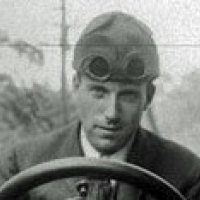
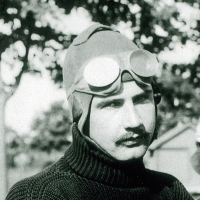
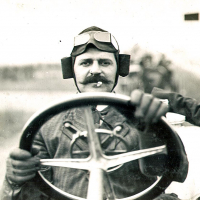
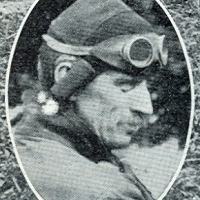
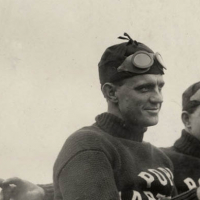
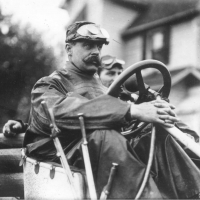
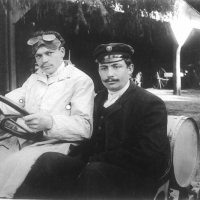
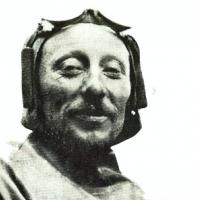
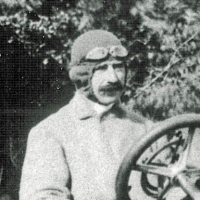
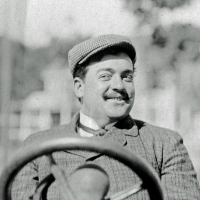
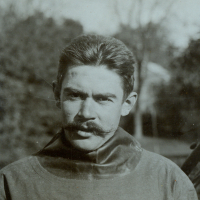
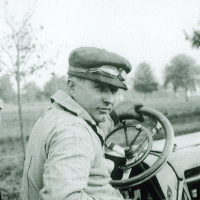
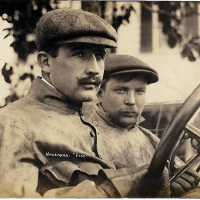
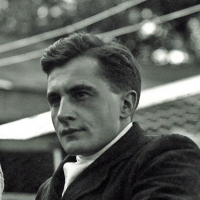
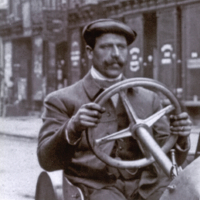
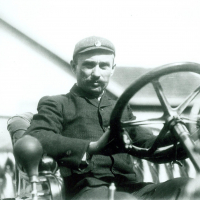
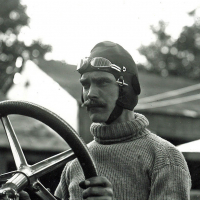
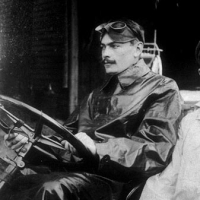
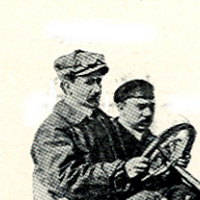
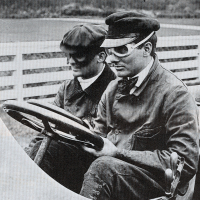
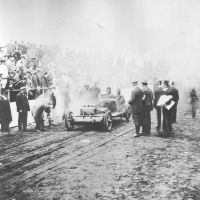
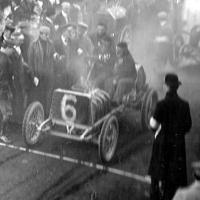
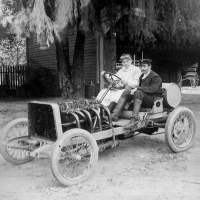
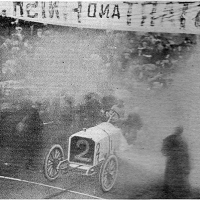
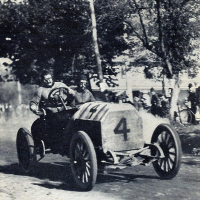
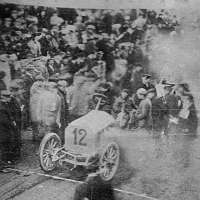
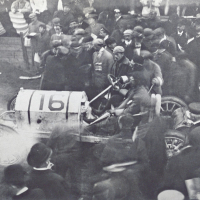
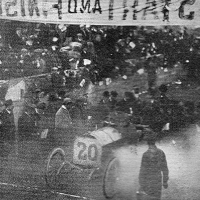
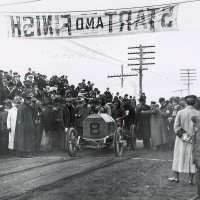
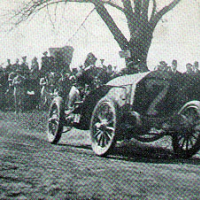
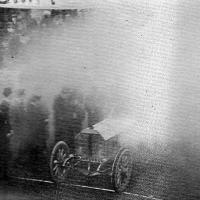
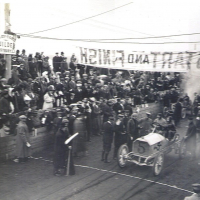
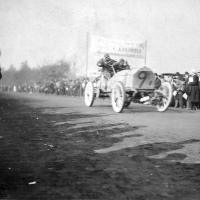
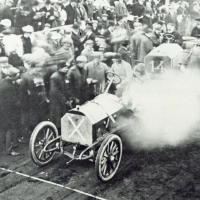
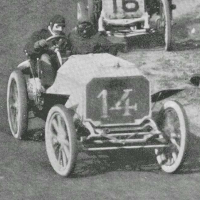
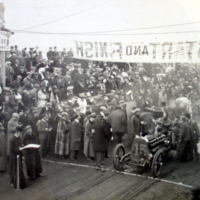
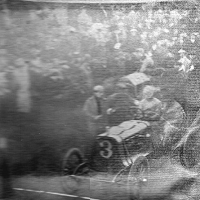
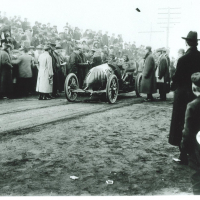
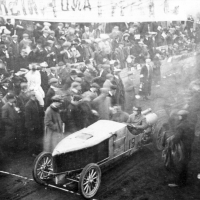

Another very nice fine!